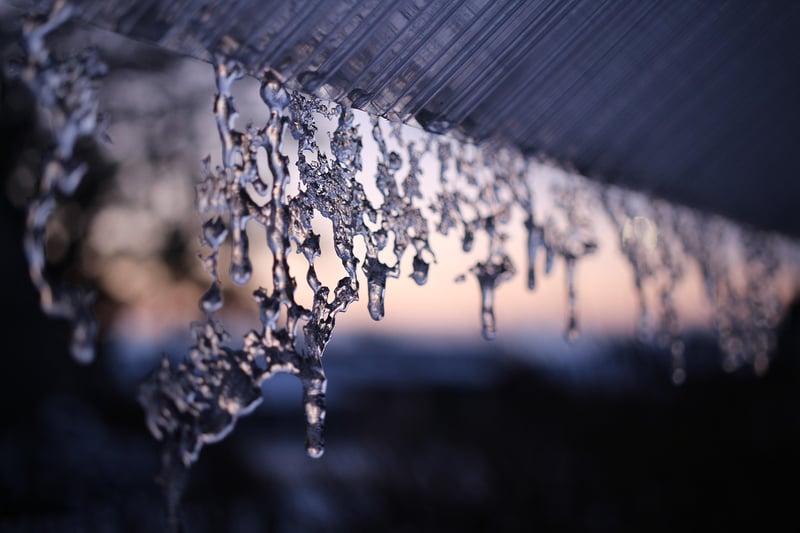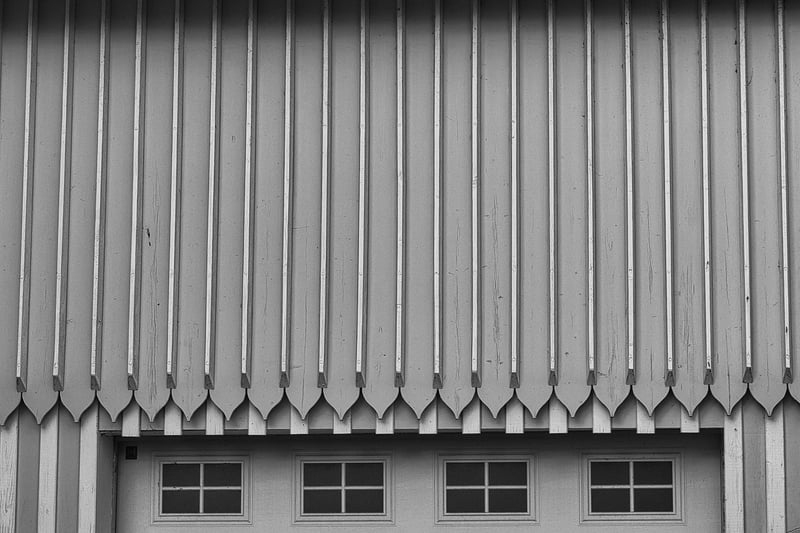Green Roofs
Building Sustainable Urban Ecosystems with Green Roofs
Urban areas are constantly expanding, leading to various environmental challenges such as air pollution, heat island effect, and loss of green spaces. In response to these issues, green roofs have emerged as a sustainable solution to promote biodiversity, reduce energy consumption, and improve the overall quality of urban life.
What are Green Roofs?
Green roofs, also known as living roofs or eco-roofs, are vegetated roof systems that consist of layers including waterproofing, drainage, growing medium, and vegetation. They can be installed on various types of buildings, from residential homes to commercial skyscrapers, providing a range of benefits both for the environment and building occupants.
Benefits of Green Roofs:
- Environmental Benefits: Green roofs help reduce the urban heat island effect by absorbing and deflecting heat, improve air quality by capturing pollutants, and promote biodiversity by providing habitats for birds, insects, and plants.
- Economic Benefits: Green roofs can extend the lifespan of the roof membrane, reduce energy costs by providing natural insulation, and increase property value by creating attractive green spaces.
- Social Benefits: Green roofs offer recreational spaces for building occupants, contribute to mental well-being, and enhance the overall aesthetic of urban landscapes.
Types of Green Roofs:
There are two main types of green roofs:
- Intensive Green Roofs: These are thicker and heavier green roofs that can support a wide variety of plants, trees, and even small gardens. They require more maintenance but offer greater biodiversity and recreational opportunities.
- Extensive Green Roofs: These are lighter weight green roofs with shallow growing mediums that are ideal for hardy, drought-tolerant plants. They require less maintenance and are well-suited for retrofitting existing buildings.
Green Roof Installation and Maintenance:
Installing a green roof involves careful planning, waterproofing, selecting appropriate vegetation, and ensuring proper drainage. Regular maintenance such as watering, weeding, and monitoring for pests is essential to ensure the long-term success of the green roof.
Conclusion:
Green roofs play a crucial role in building sustainable urban ecosystems by mitigating environmental challenges, improving energy efficiency, and enhancing the well-being of city residents. As cities continue to grow, integrating green roofs into urban planning can lead to healthier, more resilient, and vibrant communities.

For more information on green roofs and sustainable urban development, visit EPA Green Roofs.
